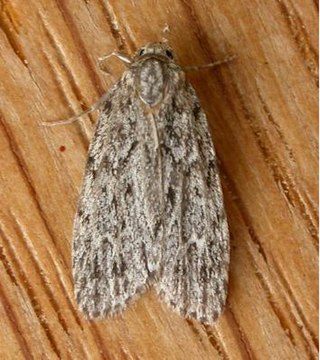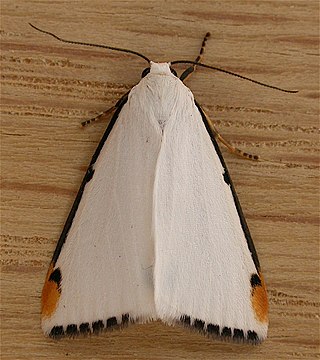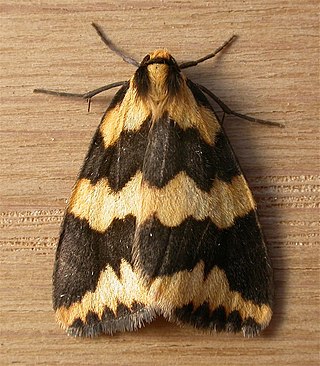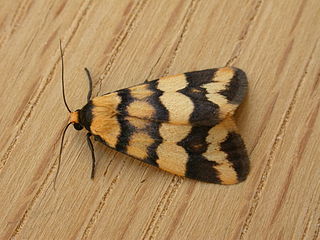
The Shire of Cunderdin is a local government area in the Wheatbelt region of Western Australia, about 105 kilometres (65 mi) west of Merredin and about 155 kilometres (96 mi) east of Perth, the state capital. The Shire covers an area of 1,864 square kilometres (720 sq mi), and its seat of government is the town of Cunderdin.

RAAF Museum is the official museum of the Royal Australian Air Force, the second oldest air force in the world, located at RAAF Williams Point Cook, Victoria, Australia which is the oldest continuously operating Military Air Base in the world. The museum displays aircraft of significance to the RAAF from its inception as the Australian Flying Corps to the present. At the direction of Air Marshal Sir George Jones, the RAAF Museum was formed in 1952 and fell under the administration of Headquarters Point Cook until 1988 when it became a separate unit of the RAAF. It is currently overseen by the force's Air Training Wing.

Halone is a genus of moths in the subfamily Arctiinae from southern Asia and Australia. The genus was erected by Francis Walker in 1854.

Nudaria is a genus of moths in the subfamily Arctiinae erected by Adrian Hardy Haworth in 1809.

Termessa nivosa is a moth of the subfamily Arctiinae first described by Francis Walker in 1865. It is found in the Australian states of New South Wales, South Australia and Victoria.

Termessa shepherdi, the shepherd's footman, is a moth of the subfamily Arctiinae. The species was first described by Newman in 1856. It is found in the Australian states of New South Wales, Victoria and Tasmania.

Termessa is a genus of moths in the subfamily Arctiinae The genus was described by Newman in 1856.

Niceteria is a monotypic moth genus in the family Geometridae erected by Alfred Jefferis Turner in 1929. Its only species, Niceteria macrocosma, the showy geometrid, is found in Australia. It was first described by Oswald Bertram Lower in 1899.

Termessa zonophanes, the double yellow-patched footman, is a moth of the subfamily Arctiinae. The species was first described by Edward Meyrick in 1888. It is known from the Australian Capital Territory, New South Wales, Queensland and Victoria.

ABC Kids is the Australian Broadcasting Corporation's part-time channel, broadcasting shows between the hours of 5 am and 7:30 pm for children 7 years old and younger in each local Australian channel. It shares the same bandwidth as ABC TV Plus which broadcasts outside ABC Kids' scheduled hours and supplements the flagship ABC TV channel with extra adult-oriented programming. It has an educational program for children ages 2 to 13 called "ABC Reading Eggs" for Australia, internationally called "Reading Eggs" and owned by Edmentum.

Xyloryctidae is a family of moths contained within the superfamily Gelechioidea described by Edward Meyrick in 1890. Most genera are found in the Indo-Australian region. While many of these moths are tiny, some members of the family grow to a wingspan of up to 66 mm, making them giants among the micromoths.
Chrysoscota tanyphara is a moth of the family Erebidae first described by Alfred Jefferis Turner in 1940. It is found in Australia. The habitat consists of rainforests.
Gymnasura saginaea is a moth of the subfamily Arctiinae. It was described by Turner in 1899. It is found in Queensland, Australia.
Termessa catocalina is a moth in the subfamily Arctiinae. It was described by Francis Walker in 1865. It is found in Australia, where it has been recorded from New South Wales and Victoria.
Termessa congrua is a moth in the subfamily Arctiinae. It was described by Francis Walker in 1865. It is found in Australia, where it has been recorded from New South Wales and Queensland.
Termessa discrepans is a moth in the subfamily Arctiinae. It was described by Francis Walker in 1865. It is found in Australia, where it has been recorded from the Australian Capital Territory, New South Wales, Queensland and Victoria.
Termessa gratiosa is a moth in the subfamily Arctiinae. It was described by Francis Walker in 1865. It is found in Australia, where it has been recorded from the Australian Capital Territory, New South Wales, Queensland and Victoria.
Termessa laeta is a moth in the subfamily Arctiinae. It was described by Francis Walker in 1856. It is found in Australia, where it has been recorded from the Australian Capital Territory, New South Wales, Queensland, South Australia, Victoria and Western Australia.
Termessa orthocrossa is a moth in the subfamily Arctiinae. It was described by Turner in 1922. It is found in Australia, where it has been recorded from New South Wales and Queensland.










